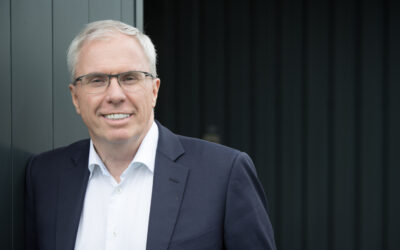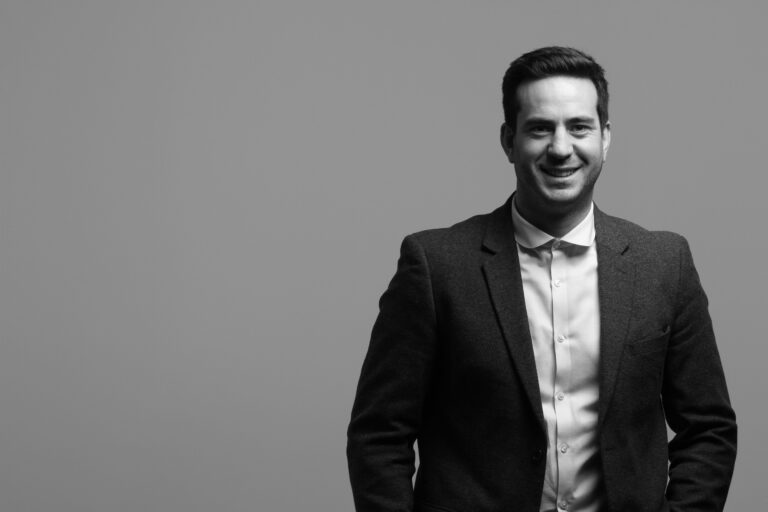Greg Felgate, Partner and Director at Finn Communications talks on how agencies will be affected by changing relationships with clients.
Clients are facing some really big challenges at the moment and this is affecting the type of work agencies do and will do in the future.
Last year was the worst year on record for retailers. Consumer spending was down for 11 consecutive months and even online sales growth slowed.
Clients’ budgets have decreased this year, which is the first time this has happened since 2012. Budgets are also being revised down as the year progresses, meaning they actually end up with a much smaller budget than they originally thought. Interestingly, clients are taking money from their research and media buying pots and putting it into sales promotions and digital media, which shows us that clients are generally more focused on short-term sales rather than long-term brand building.
Clients have also got to try and work out what channels are best to spend their money on, in the face of the ever-changing media landscape. Traditional TV watching is declining (nearly 20% of all TV consumption is through Netflix, which doesn’t have any advertising – and it’s growing), print readerships are decreasing, trust in Facebook is really low after the Cambridge Analytica scandal and influencers are under more and more scrutiny to be transparent about what content is paid for and what isn’t.
I think that channel strategy and media planning are more important than ever right now. As a director of an agency that starts with PR thinking first, channel strategy wasn’t something I used to think much about but in more recent times, I put a big focus on justifying why clients will get a commercial return from the channels we are recommending. Gone are the days of recommending channels because it will generate more reach – who cares? We have to ensure we have a valid reason for recommending what we do.
In-housing is also growing, especially when it comes to commoditised content production. This isn’t to say there isn’t a role for agencies that produce great content – Media Monks, a content production agency, reportedly made an annual profit of €20m before they were sold to Martin Sorrell’s group S4 Capital last year. They make the kind of cutting edge content that would be incredibly difficult to create in-house – content that incorporates video, VR, AR and voice, for example.
Those with slightly greyer hair than me around the business are keen to point out that in-housing is cyclical. Various brands have tried in-housing over the years but it’s actually really hard to in-house what the majority of agencies do. Many campaigns we create need a strategist, a creative, an art director, a creative copywriter, a designer, a digital media buyer and a PR expert. In-housing all of that could not happen overnight. And then what happens with those folks when marketing budgets are pulled or decreased? You could have a lot of expensive resource sitting around twiddling their thumbs. Unless you’re a brand like Paddy Power, creative folks may not want to work on the same brand all of the time.
We’re also seeing a trend in clients reducing the number of agencies they are working with. Over the years, I have worked in numerous multiple-agency groups and it’s not easy for clients to get the best out of all of them. It’s much easier for clients to manage two or three great agencies with multiple services rather than eight specialists, for example.
All of these changes mean that it’s crucial that agencies are really clear about the value they offer clients. It is no longer good enough for agencies to do a bit of this and a bit of that – we, as agency folk, need to offer clients great value across a range of services that make sense to come from one agency. We need to tie it all back to how we are helping our client fix, avoid or accomplish something.
Being average across lots of areas but fantastic at account management and admin is a very dangerous place for agencies to be right now.










